I don't know about the OPA1622 but I have used the LME49720 in the swinging op amp "Dogra" configuration.
Dual op amps do present an interesting challenge for voltage bootstrapping. The second op amp is certainly "along for the ride" and has to go in the same direction and amount as the first to be useful.
Two things you might consider using the extra op amp for are (1) operating it in parallel (with proper ballasting) to increase output current or (2) have the extra op amp acting as a follower and using it to drive only the bootstrap transistors.
In the "input-capcitorless" DC coupled preamp I developed the entire front end is along for the ride on "flying rails" New: A Direct-Coupled Input-Capacitorless Active Mic Preamp - Pro Audio Design Forum
Dual op amps do present an interesting challenge for voltage bootstrapping. The second op amp is certainly "along for the ride" and has to go in the same direction and amount as the first to be useful.
Two things you might consider using the extra op amp for are (1) operating it in parallel (with proper ballasting) to increase output current or (2) have the extra op amp acting as a follower and using it to drive only the bootstrap transistors.
In the "input-capcitorless" DC coupled preamp I developed the entire front end is along for the ride on "flying rails" New: A Direct-Coupled Input-Capacitorless Active Mic Preamp - Pro Audio Design Forum
Good idea about parallel opamps for boosted current. For the OPA1622 which is a headphone amp, this could be useful for lower impedance cans.
Funny thing - I just got a Cayin N3 DAP. Was reading its specs today and see that it’s output amp is the TI OPA1622. I use it to power my Pocket Class A amp.
One of the limitations of bootstrapping common op amps is the output current limitation. You can get the high voltage swing but not enough current to deliver it into a lower impedance load.
This circuit fragment can be used as a starting point to combine voltage-bootstrapping with current-boosting. By adding two diodes to the voltage bootstrap voltage dividers, two additional transistors and emitter resistors, a minimum component count line amp can be made to produce +27 dBu into 600Ω with ±30V supplies. The 5534 sees +/-20V supplies.
Placing the jumpers in the "B" position shifts some of the output dissipation to the bootstrap transistors. For higher-current outputs and >60V Vcc-Vee BD139/140s mounted on a heatsink are safer. At ±32V the 5534 sees 42V. Scaling the 4K7s higher might be less stressful. An OPA604 is also worth trying.
This circuit is a starting point for someone interested in pursuing it. I tested this with ZTX851/951 pairs and the THD is pretty respectable. Some additional tweaking can be performed and your mileage may vary.
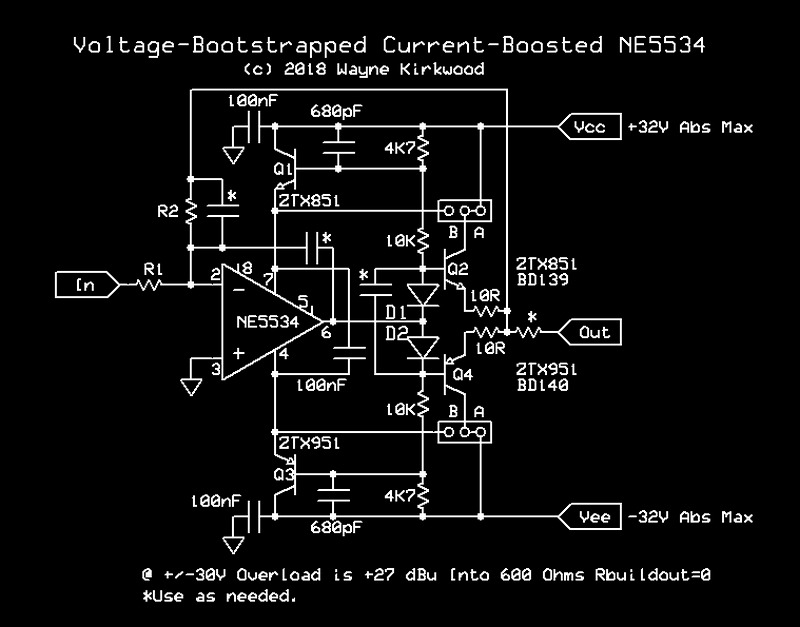
Voltage-bootstrapped current-boosted NE5534 for +27 dBu into 600Ω
This circuit fragment can be used as a starting point to combine voltage-bootstrapping with current-boosting. By adding two diodes to the voltage bootstrap voltage dividers, two additional transistors and emitter resistors, a minimum component count line amp can be made to produce +27 dBu into 600Ω with ±30V supplies. The 5534 sees +/-20V supplies.
Placing the jumpers in the "B" position shifts some of the output dissipation to the bootstrap transistors. For higher-current outputs and >60V Vcc-Vee BD139/140s mounted on a heatsink are safer. At ±32V the 5534 sees 42V. Scaling the 4K7s higher might be less stressful. An OPA604 is also worth trying.
This circuit is a starting point for someone interested in pursuing it. I tested this with ZTX851/951 pairs and the THD is pretty respectable. Some additional tweaking can be performed and your mileage may vary.

Voltage-bootstrapped current-boosted NE5534 for +27 dBu into 600Ω
There's also Dmitri's edn article about bootstrapped composites.
You'll want to Google for it, as the original edn article is now missing the images.
Since Electronic Design no longer has the complete article I'm now hosting it.
"Supply Bootstrapping Reduces Distortion In Op-Amp Circuits," Danyuk, Electronic Design, September 11, 2008 - Pro Audio Design Forum
Last edited:
There are a few high voltage opamps from TI/BB for example OPA445, OPA452/3 and OPA454.
These are not that super audio grade opamps like the opa627 604 and others.
But I saw some nice stuf for extent that output signal, thanks both.
regards
I built an OPA454 with its own sub mezzanine DCDC +/-35v PSU using LT8364 SEPIC topology inverters. It sounds excellent and can drive the 0dB gain LuFo amp to 40w rms just fine. This preamp/front end module uses the Yarra/M2X bolt format for power and input/output in a swappable preamp daughterboard type system. Now I realize Kees had recommended this chip 5 years ago!
Schematic of OPA454 22.4dB gain stage with 70Vpp output:
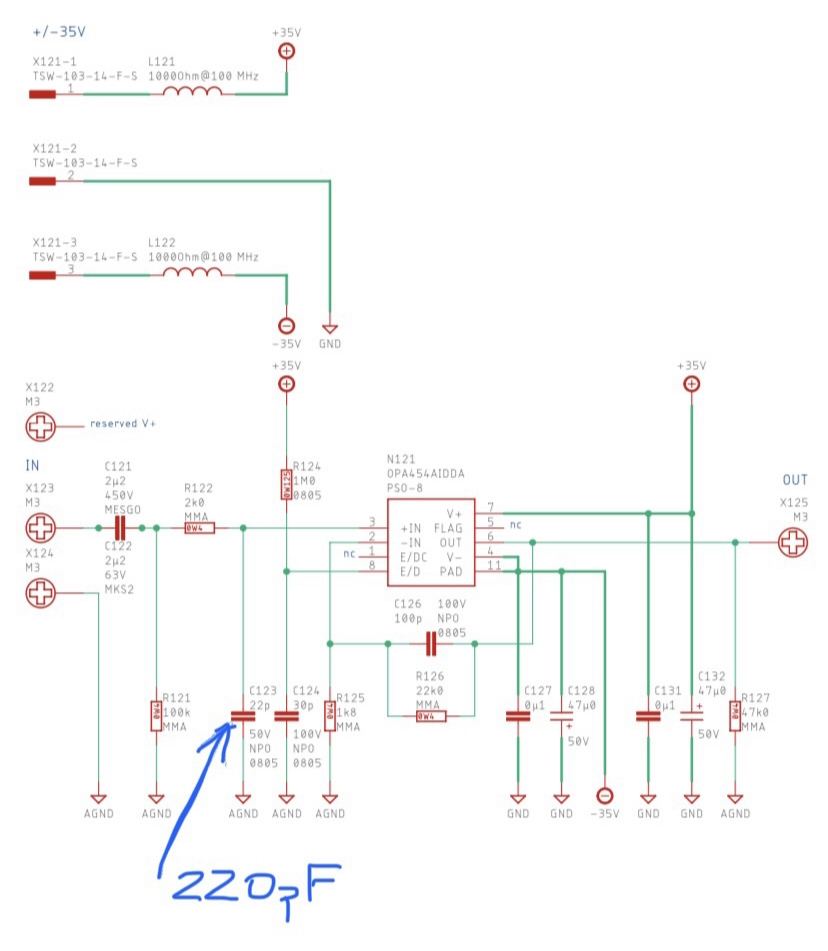
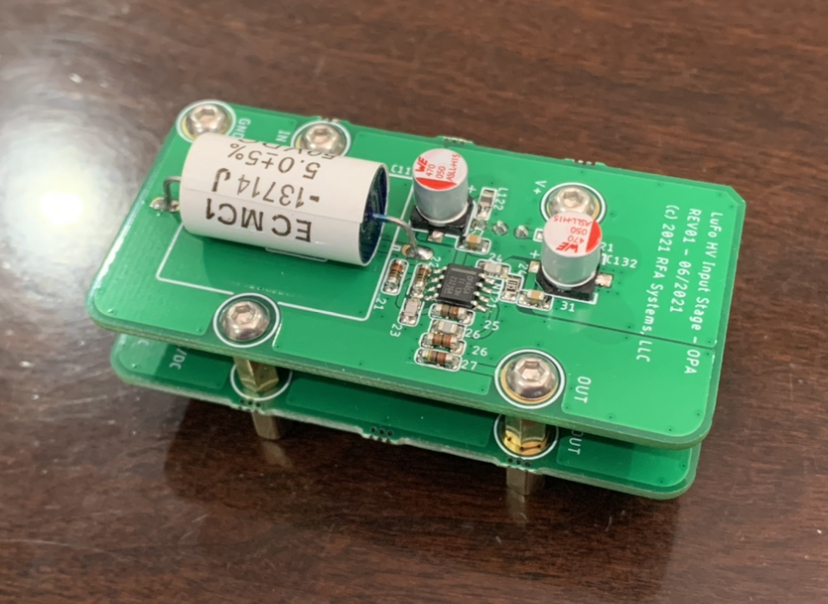
This is the +/-35v DCDC converter sub mezzanine:
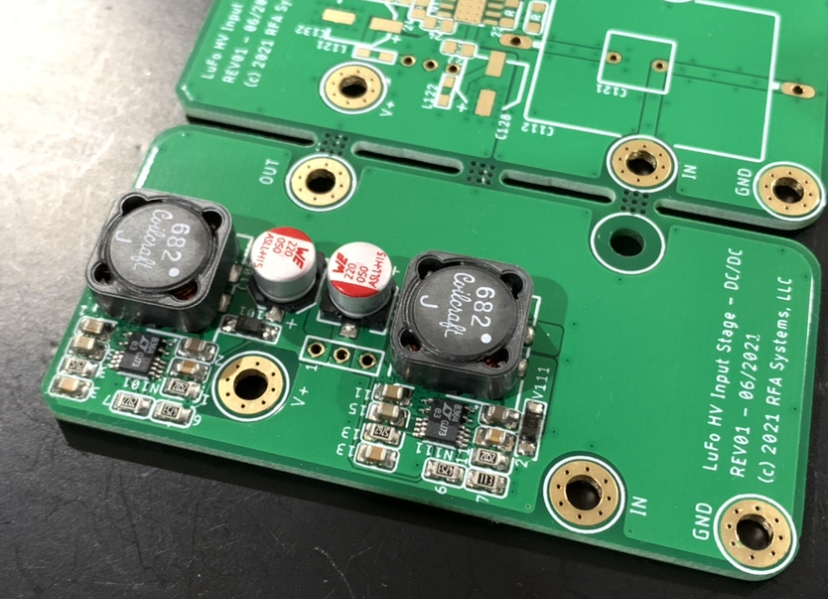
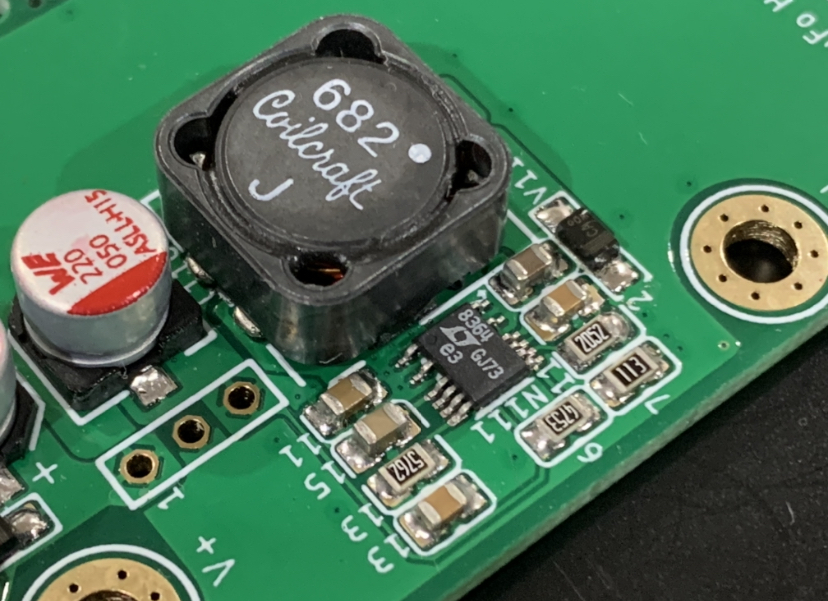
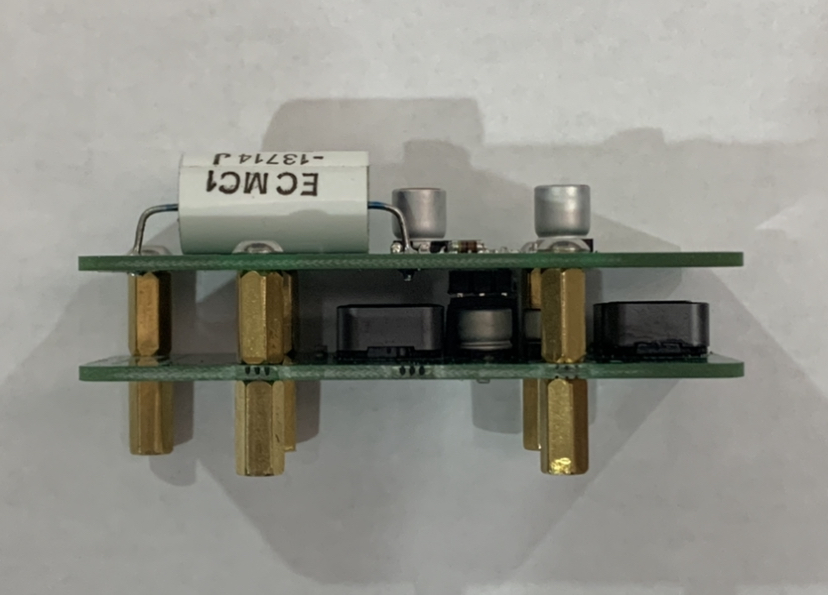
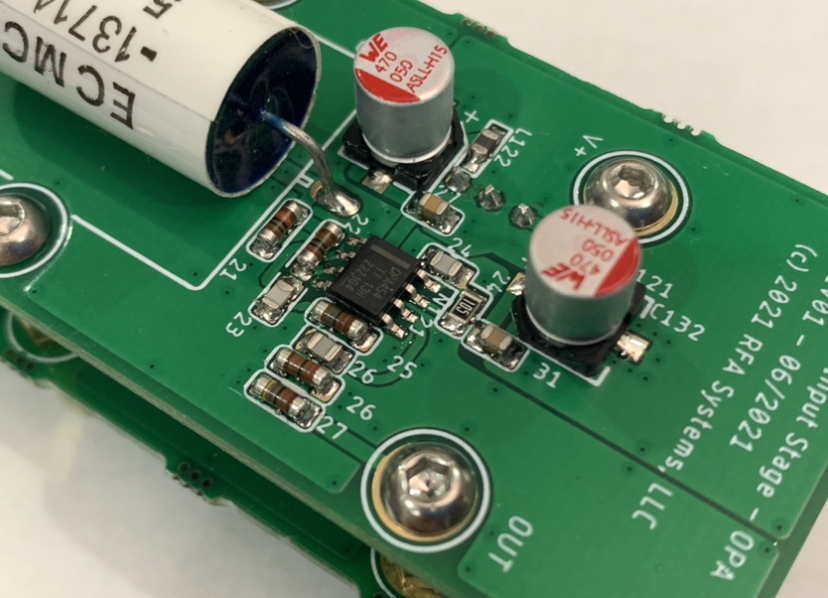
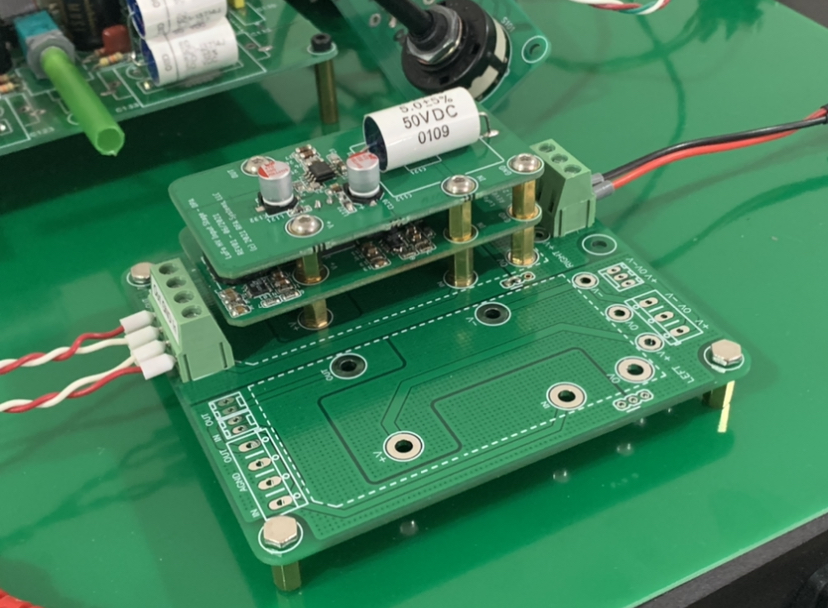
Schematic of OPA454 22.4dB gain stage with 70Vpp output:
This is the +/-35v DCDC converter sub mezzanine:
Last edited:
- Home
- Amplifiers
- Solid State
- Surjan Dogran's Easy Peasy 70v peak-peak Opamp for $1